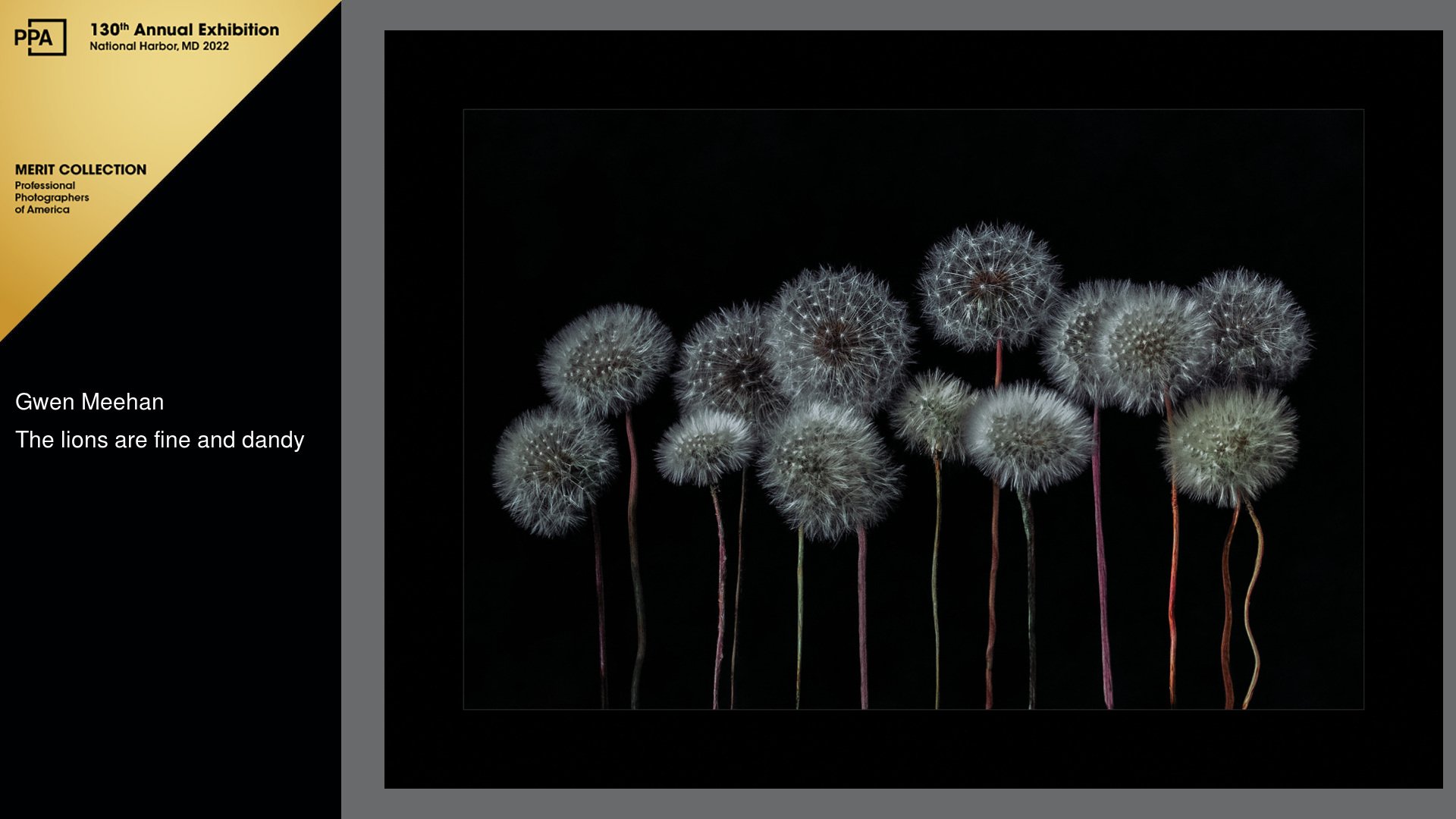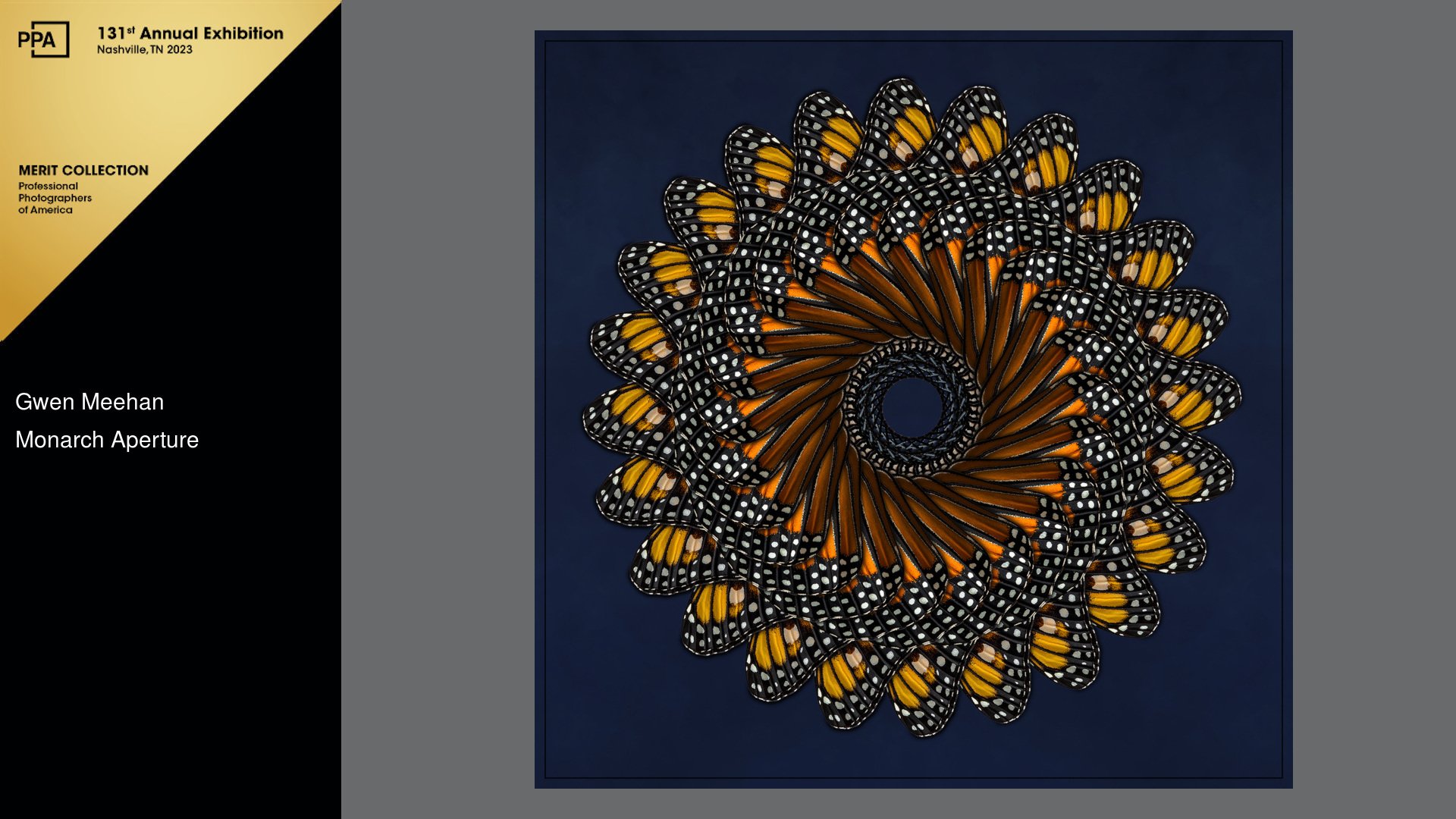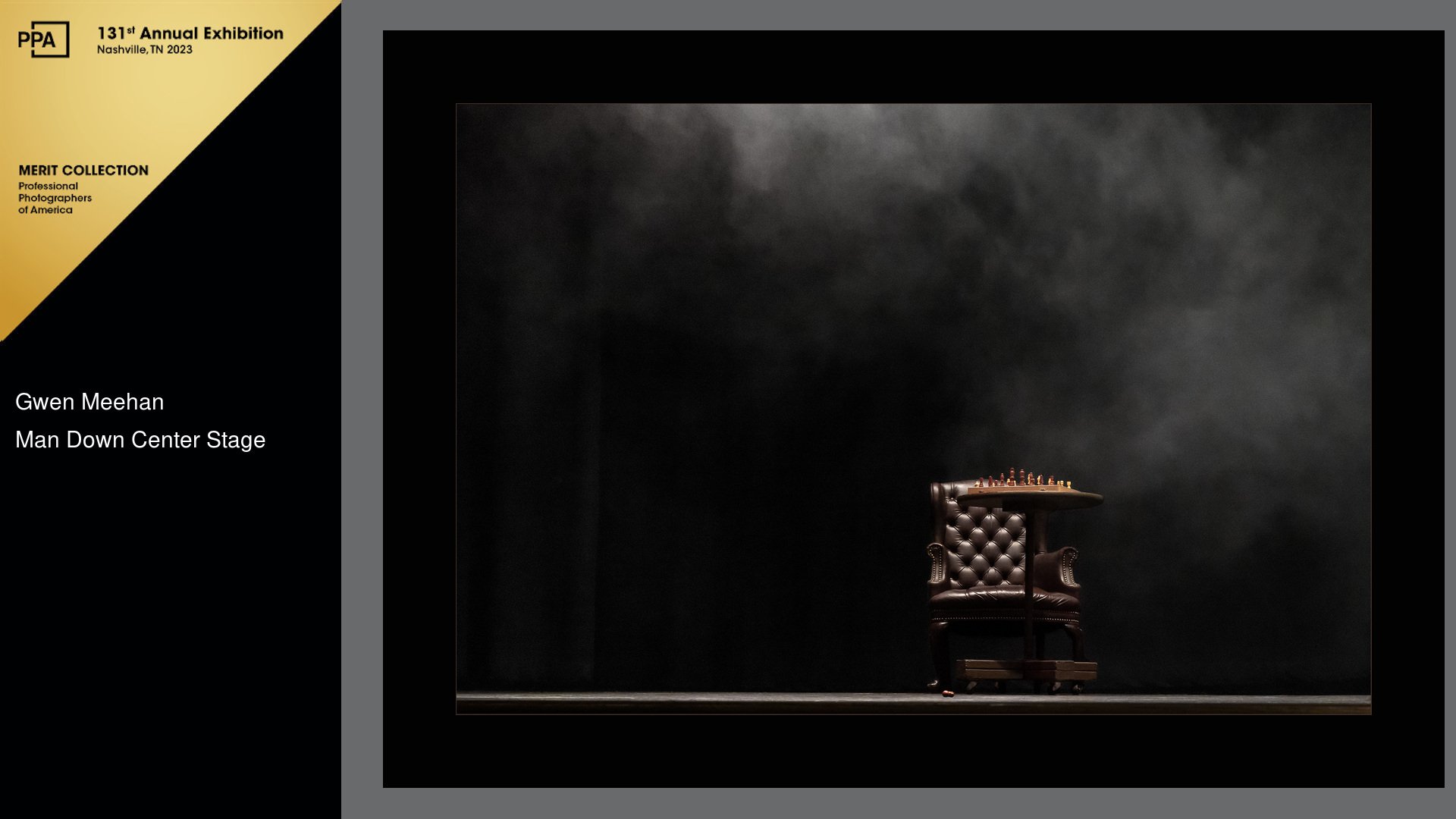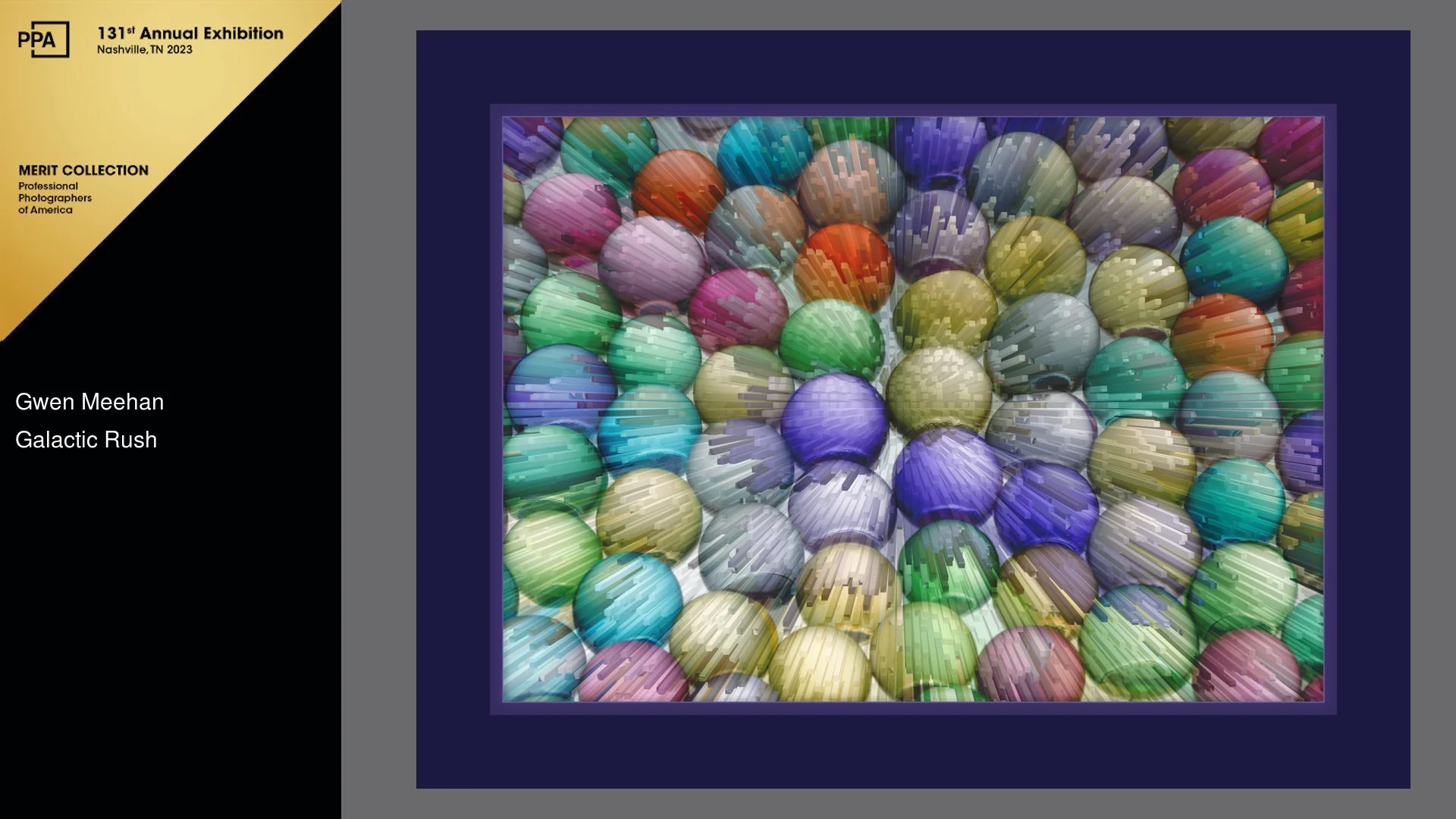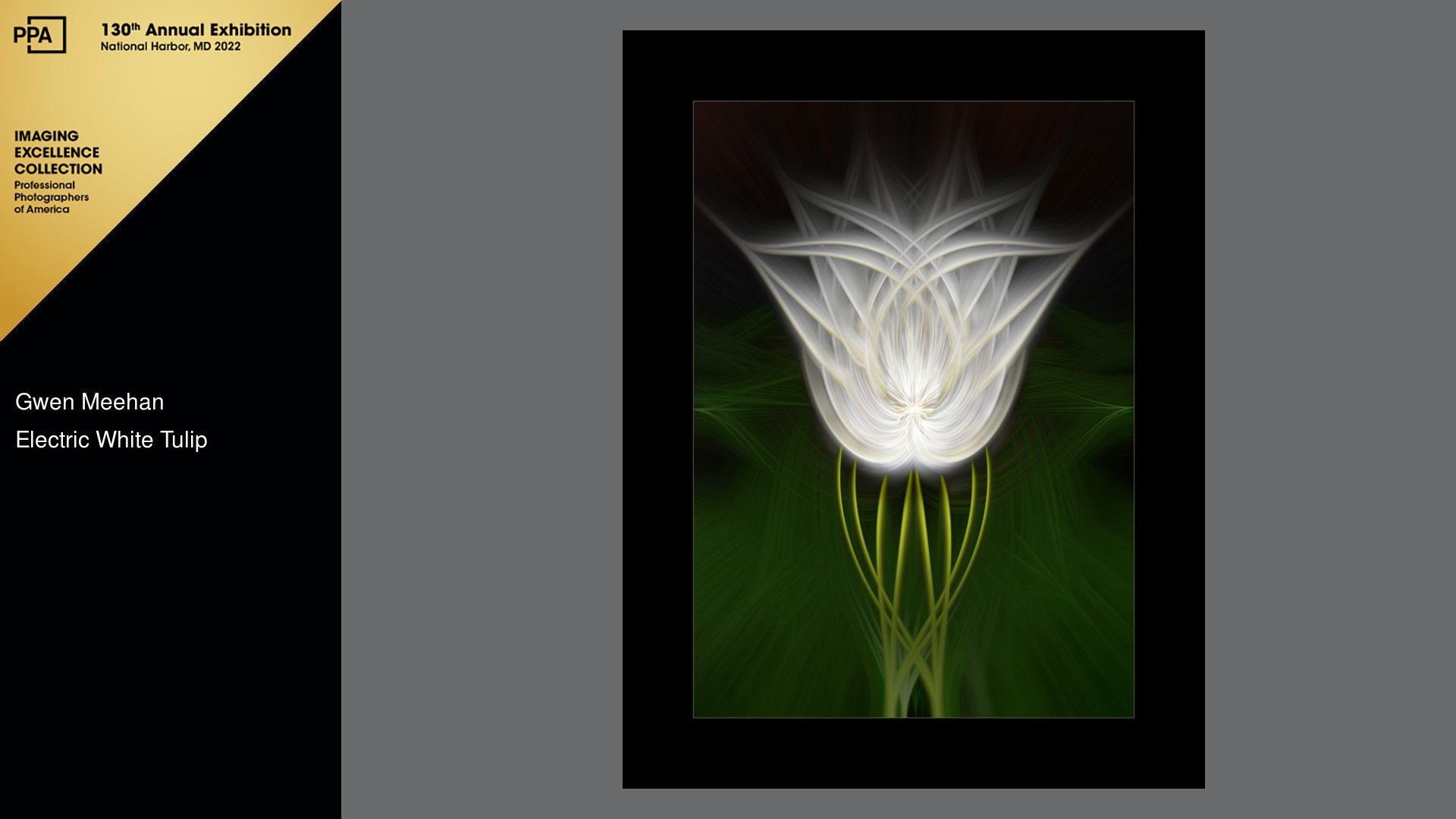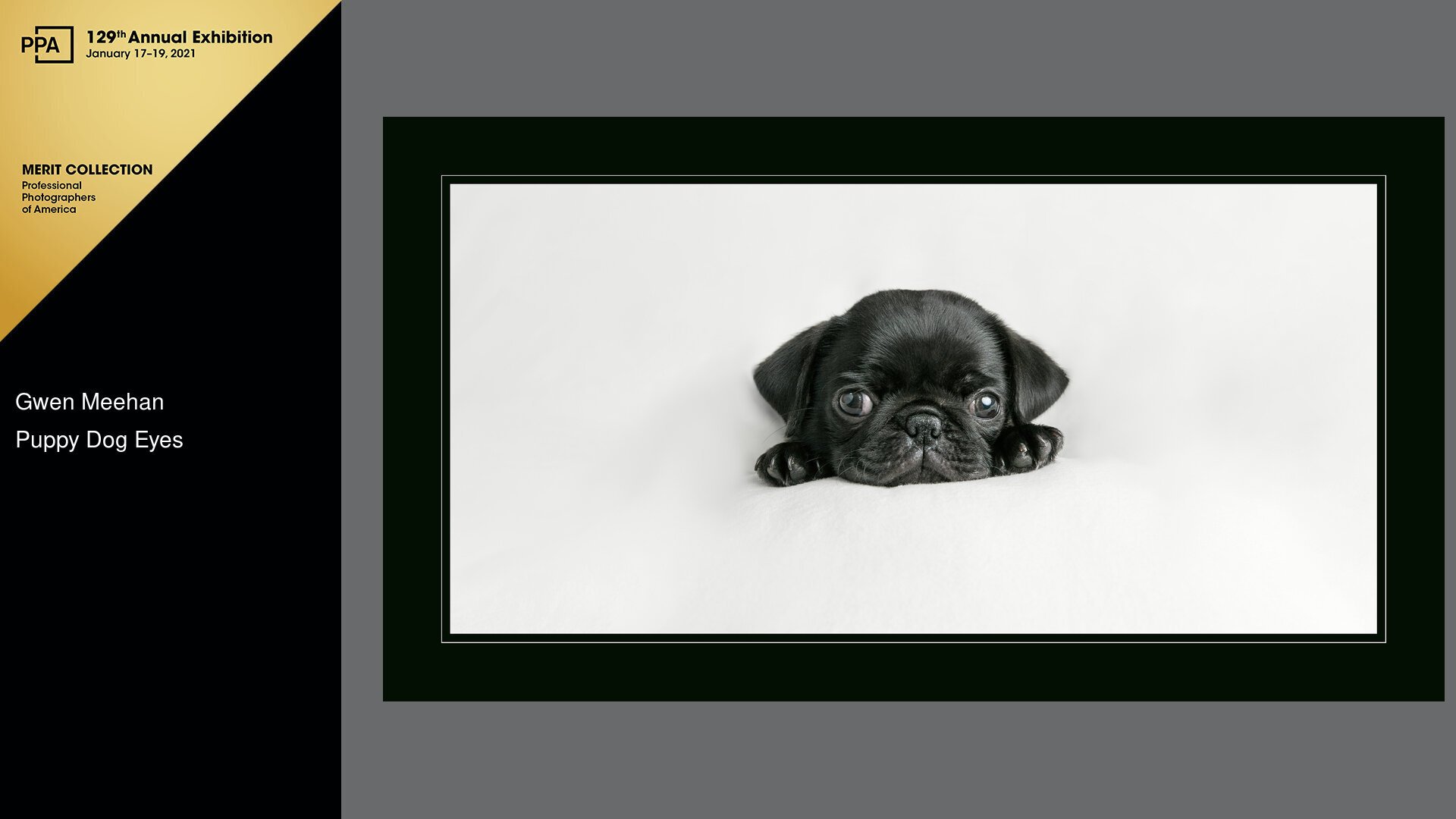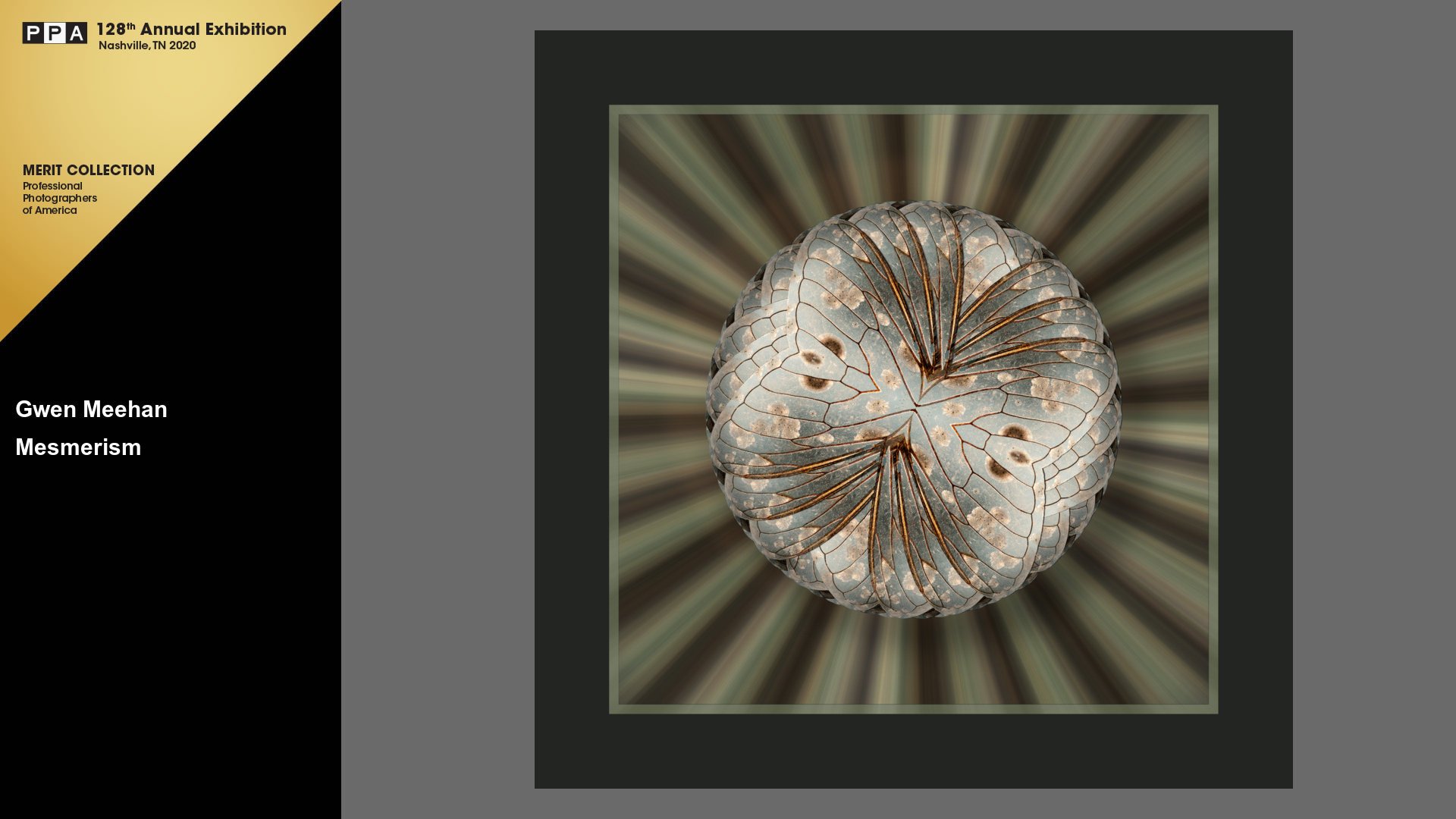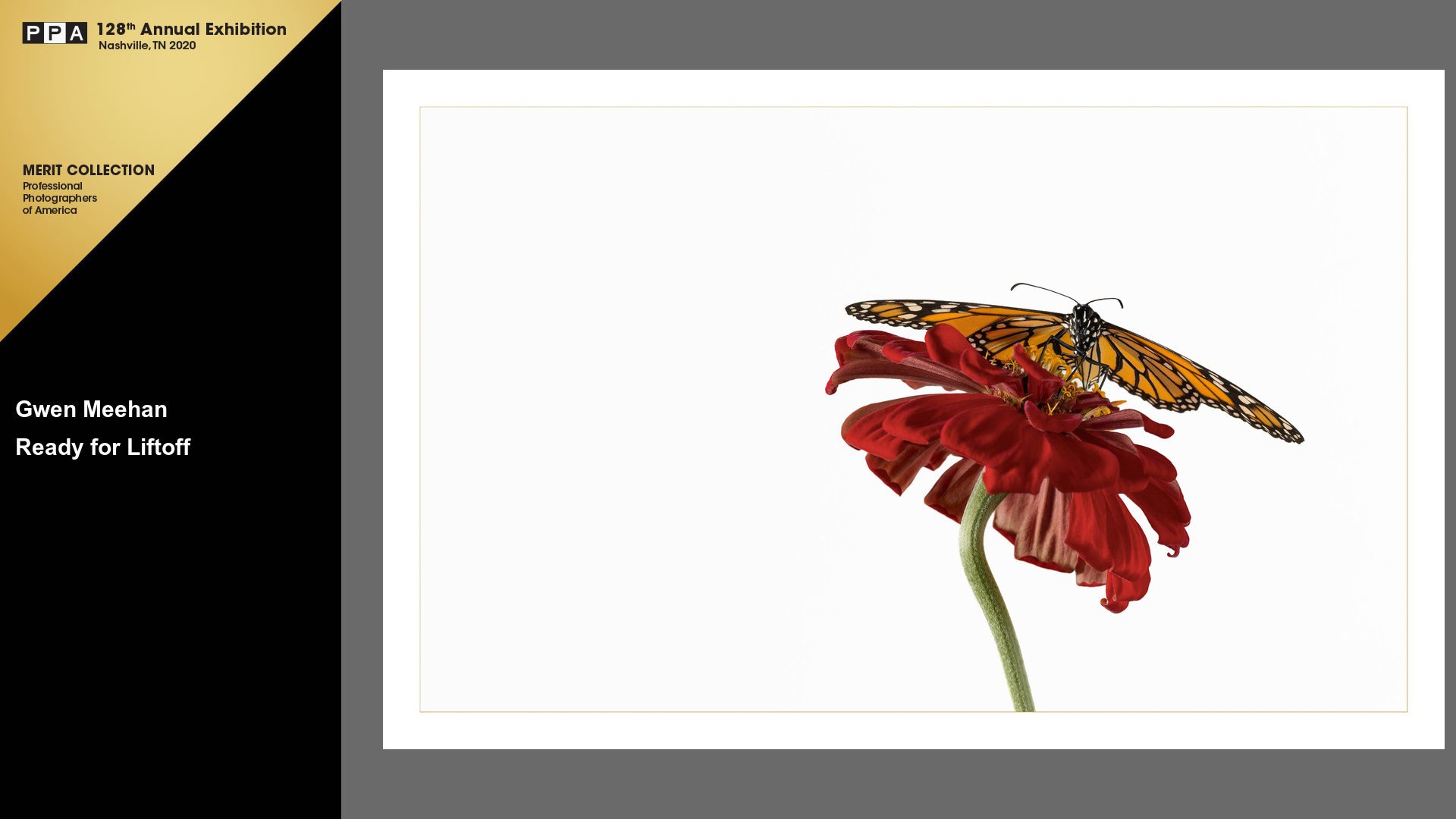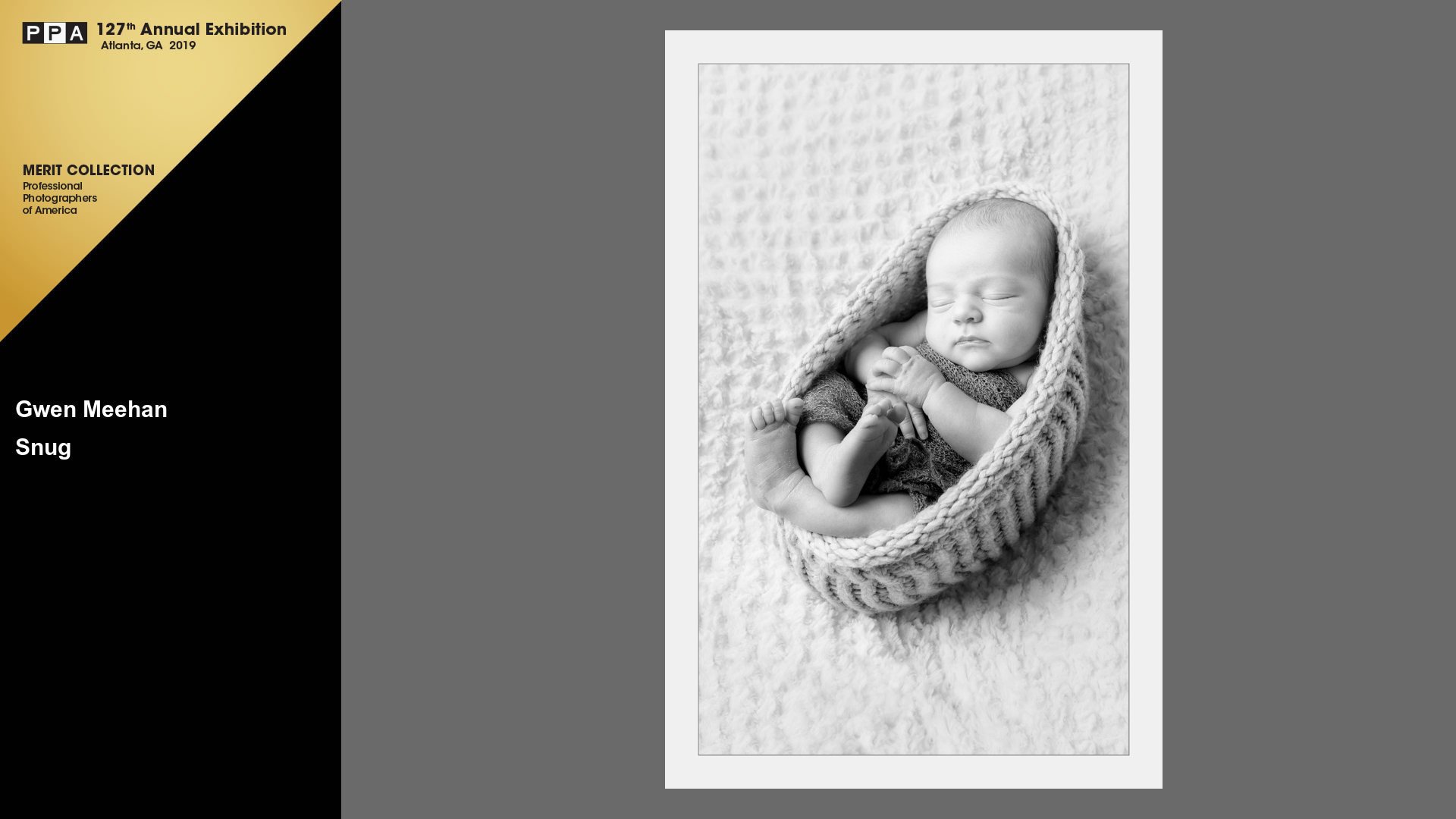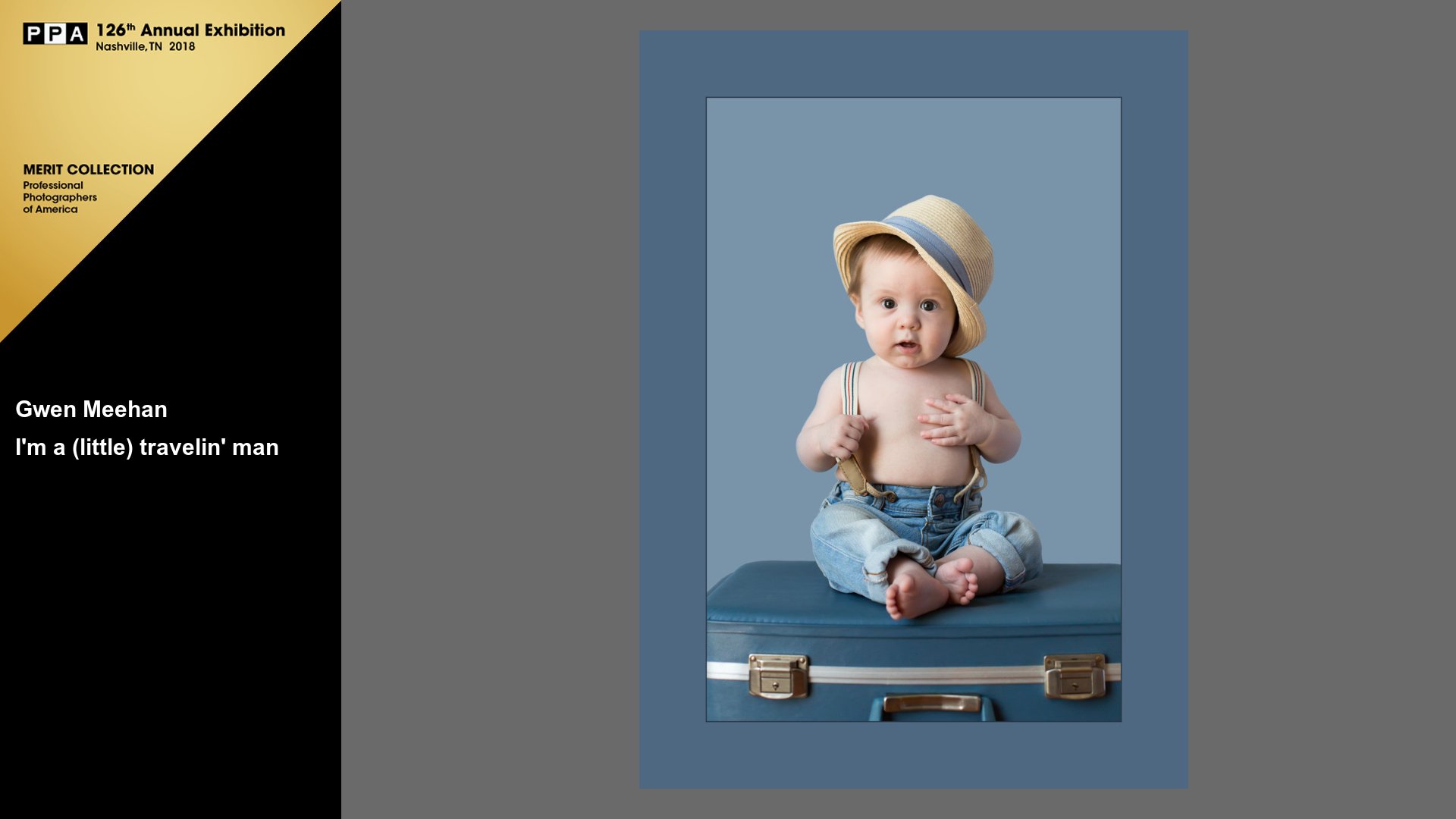Photographic Competition
The process of entering photographic competitions has been one where I’m constantly learning and improving both creatively and technically. It’s a humbling experience to submit images and have them judged alongside images that I consider pure genius, and it’s this experience that pushes me to strive to be better every year.
I’ve been entering different levels of competitions with the Professional Photographers of America (PPA) over the last few years. Early in the year, the Virginia PPA has our state competition, In May, we have the Southeastern PPA competition and in August it’s the International Photographic Competition (IPC) where photographers all over the world enter images to be judged by trained jurors. These competitions aren’t judging images against each other; instead each image is given a score based on 12 elements of a merit image. Those elements are listed below:
Impact is the sense one gets upon viewing an image for the first time. Compelling images evoke laughter, sadness, anger, pride, wonder or another intense emotion. There can be impact in any of these twelve elements.
Technical Excellence is the print quality of the image itself as it is presented for viewing. Retouching, manipulation, sharpness, exposure, printing, mounting, and correct color are some items that speak to the qualities of the physical print.
Creativity is the original, fresh, and external expression of the imagination of the maker by using the medium to convey an idea, message or thought.
Style is defined in a number of ways as it applies to a creative image. It might be defined by a specific genre or simply be recognizable as the characteristics of how a specific artist applies light to a subject. It can impact an image in a positive manner when the subject matter and the style are appropriate for each other, or it can have a negative effect when they are at odds.
Composition is important to the design of an image, bringing all of the visual elements together in concert to express the purpose of the image. Proper composition holds the viewer in the image and prompts the viewer to look where the creator intends. Effective composition can be pleasing or disturbing, depending on the intent of the image maker.
Presentation affects an image by giving it a finished look. The mats and borders used, either physical or digital, should support and enhance the image, not distract from it.
Color Balance supplies harmony to an image. An image in which the tones work together, effectively supporting the image, can enhance its emotional appeal. Color balance is not always harmonious and can be used to evoke diverse feelings for effect.
Center of Interest is the point or points on the image where the maker wants the viewer to stop as they view the image. There can be primary and secondary centers of interest. Occasionally there will be no specific center of interest, when the entire scene collectively serves as the center of interest.
Lighting the use and control of light—refers to how dimension, shape and roundness are defined in an image. Whether the light applied to an image is man-made or natural, proper use of it should enhance an image.
Subject Matter should always be appropriate to the story being told in an image.
Technique is the approach used to create the image. Printing, lighting, posing, capture, presentation media, and more are part of the technique applied to an image.
Story Telling refers to the image’s ability to evoke imagination. One beautiful thing about art is that each viewer might collect his own message or read her own story in an image.
To date, I’ve had 14 images score high enough to be considered a merit image (80 out of 100 is the benchmark score for an image to be considered a merit). One image from 2021 was deemed an Image of Excellence. These images are displayed at the PPA annual exhibition the following January. My 14 merited images are shown below.

